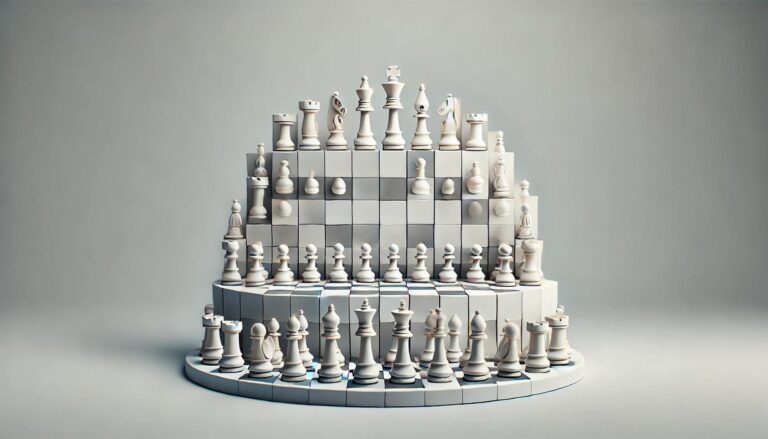Introduction
Chess is a strategic and complex game that has been played by humans for centuries. However, in recent years, the rise of technology has introduced a new opponent for chess players – computers. The idea of pitting man against machine in the game of chess has captured the interest and curiosity of both chess enthusiasts and technology experts. The concept of “Chess Against Computers: Man vs. Machine” has given rise to heated debates and intense competitions. In this article, we will delve deeper into the history of chess against computers and explore its impact on the game and its players.
History of Chess Against Computers
The idea of creating a chess-playing machine has been around for centuries. In the 18th century, the chess-playing automaton known as “The Turk” was a sensation and amazed people with its ability to play against human opponents. However, it was later revealed that the machine had a human chess player hidden inside.
The first real attempt at creating a chess-playing machine was in 1912 when Leonardo Torres Quevedo developed the “Ajedrecista,” a machine that could play chess endgames. However, it was not until the development of computers that the dream of a chess-playing machine became a reality.
In 1949, the first computer program capable of simulating a chess game was created by Claude Shannon, a mathematician and computer scientist. This program, known as “Claude Shannon´s Chess Program,” was never actually implemented on a computer and was only theoretical. However, it laid the groundwork for future developments in computer chess.
In the 1970s, the first chess-playing programs were introduced, with the most famous being “Chess 4.0” created by David Slate and Larry Atkin. This program was able to defeat chess masters and gained widespread attention. Since then, the progress of chess-playing computers has been rapid, with constant improvements in algorithms, hardware, and artificial intelligence.
Impact on the Game
Chess against computers has had a significant impact on the game itself. While human players can make mistakes and have limited processing capabilities, computers have perfect memory and can analyze millions of moves in seconds. This has changed the way the game is played, with computer-assisted analysis becoming a crucial part of the preparation for professional chess players.
Moreover, the increase in the strength of chess-playing computers has pushed human players to constantly improve their game. The fear of defeat against a machine has motivated players to come up with new strategies and approaches, culminating in the rise of “human-machine” teams, where a human player works with a computer program to enhance their playing abilities.
On the other hand, some argue that the dominance of computers in chess has taken away from the essence of the game, which is the human mind and creativity. The reliance on computers for analysis and preparation has taken away the beauty and unpredictability of human versus human games.
The Ultimate Challenge: Kasparov vs. Deep Blue
In 1997, the world witnessed the ultimate showdown between man and machine in a chess match between the reigning world chess champion, Garry Kasparov, and the IBM supercomputer, Deep Blue. This match was highly publicized and captured the attention of the entire world as millions tuned in to see whether a human could defeat the seemingly unbeatable machine.
The first time these two opponents clashed in 1996, Deep Blue was able to beat Kasparov in a single game. However, in 1997, with improved hardware and software, Deep Blue managed to defeat Kasparov in a six-game match, making history as the first computer to defeat a world champion under tournament conditions.
This match was a significant event in the world of chess against computers, bringing to the forefront the capabilities of machines and the role they play in the game.
Conclusion
Chess against computers has come a long way since the first theoretical simulation by Claude Shannon. The constant progression of technology has allowed chess programs to reach unparalleled levels of strength, posing a challenge to human players. While some see it as a threat to the essence of the game, others view it as an opportunity for players to improve their skills and evolve the game. In the end, whether it is man or machine that dominates the chessboard, one thing is for sure – the game of chess will continue to inspire and captivate people for generations to come.

